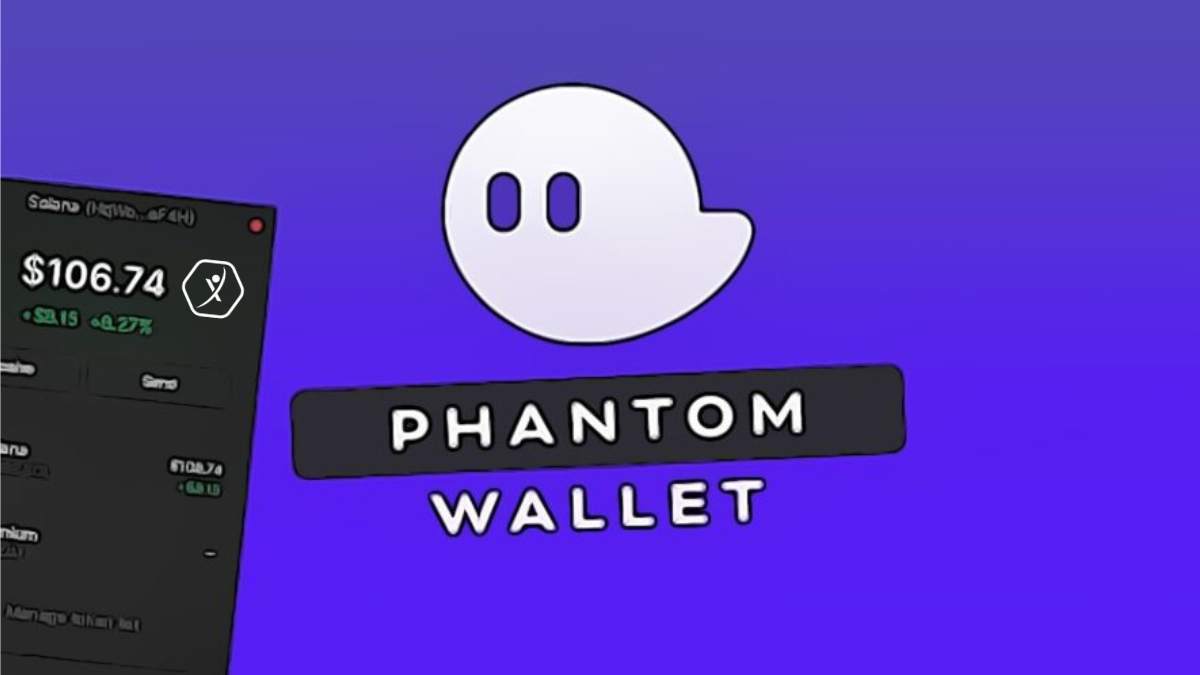- Okra
- Brinjal
- Chilli
- Sweet Pepper/Capsicum
- Tomato
- Ridge Gourd
- Bottle Gourd
- Bitter Gourd
- Sponge Gourd
- Cucumber/Longmelon
- Tinda
- Clusterbean
- Frenchbean/Pea
- Cow Pea/Radish
- Radish/Coriander
- Spinach/Pumpkin
Ever stumbled across a DeFi protocol and thought, “Whoa, this is way too complicated”? Yeah, me too. Something about the whole Solana ecosystem feels like standing at the edge of a canyon—exciting but kinda daunting. But here’s the thing: with the right tools, things get way smoother. Take the phantom wallet, for example. It’s like having a Swiss Army knife for your crypto needs on Solana.
Seriously, first time I tried moving some SPL tokens around, it was a mess. I was fumbling through interfaces that felt like they were designed by rocket scientists for rocket scientists. But then I stumbled on Phantom. At first, I thought it was just another wallet, but no—it’s way more intuitive, especially for folks like us who want to dive into DeFi, NFTs, and staking without losing our minds.
Something felt off about the usual wallets—they often lack seamless integration with Solana’s blazing-fast ecosystem. Phantom, though, hooks you right into the network. That’s huge because, honestly, when transaction speeds are lightning-fast but your wallet can’t keep up, it’s a recipe for frustration.
Okay, so check this out—DeFi on Solana has exploded lately. Protocols like Raydium and Serum offer some sweet yield farming opportunities, but managing those assets requires a wallet that doesn’t trip you up. Phantom does exactly that. It’s got a slick UI and lets you stake your tokens for rewards without jumping through hoops.
Wow! Did you know Phantom even supports NFT marketplaces directly? That means you can browse, buy, and store NFTs all in one place. That seamlessness is a game changer, especially when you’re trying to get in on the next big Solana-based art drop or gaming asset.
Now, here’s where I get a bit skeptical. Staking rewards sound awesome on paper, but sometimes the APYs are so high they feel too good to be true. Initially, I thought these platforms might be shady or unsustainable. But after digging deeper, I realized that Solana’s low fees and fast processing actually enable more real, viable staking options than Ethereum’s congested network allows.
On one hand, high yields are enticing. Though actually, they often come with lock-up periods or other caveats that can catch you off guard. Phantom wallet helps here by showing you the staking terms and rewards clearly, which is a relief because I’ve been burned by hidden fees before.
Let me rephrase that—using Phantom feels like having a trusted guide in a wild west of DeFi. It’s not perfect, but it gives you transparency and control. For instance, when I staked SOL tokens, the interface showed me expected returns, lock-up times, and even unstaking penalties upfront. That clarity matters a lot when you’re deciding where to park your coins.
And yeah, security is always on my mind. Sometimes wallets promise the moon but leave you exposed. Phantom uses robust encryption and local key storage, so your private keys never leave your device. That’s a big deal. Plus, it’s an extension you can add to browsers like Chrome and Firefox, making it easy to access but still safe.
Hmm… here’s a little tangent—if you’re like me and you’ve dabbled in Ethereum wallets, you might miss MetaMask’s familiarity. But Phantom recreates that ease while optimizing for Solana’s speed and cost advantages. Honestly, it took me a hot minute to switch, but once I did, I didn’t look back.
Check this out—(oh, and by the way…) the NFT marketplace integration is pretty slick. Imagine buying a cool Solana NFT and having it just pop up in your wallet without extra steps. No need for clunky imports or third-party apps. It’s all baked in. I remember when I first bought a digital collectible, it felt like magic seeing it instantly appear in Phantom.

Now, here’s a curveball—while Phantom handles NFTs, DeFi, and staking like a champ, it’s not a one-size-fits-all. Some advanced traders might crave more granular control or multi-chain support, which Phantom doesn’t fully offer yet. But for the average Solana user focused on convenience and speed, it nails the sweet spot.
I’ve noticed that the wallet’s simplicity sometimes hides the complexity under the hood. It’s easy to overlook transaction fees because they’re so low on Solana, but Phantom transparently shows those tiny costs. That’s refreshing compared to other ecosystems where fees surprise you like a bad date.
Oh, and one more thing—if you’re into staking, Phantom even supports automatic compounding on some protocols. That’s a neat feature that lets your rewards keep growing without manual intervention. I’ve been experimenting with that, and while the returns aren’t earth-shattering, it’s a nice passive boost.
Here’s what bugs me about some wallets: they often feel like they prioritize aesthetics over function. Phantom bucks that trend. It’s clean but functional, balancing user-friendly design with powerful features. I think that’s why it’s quickly become the go-to wallet for many in the Solana scene.
So, if you’re diving into Solana’s vibrant world—whether it’s swapping tokens on DeFi platforms, snagging that limited-edition NFT, or staking your SOL for rewards—the phantom wallet fits right in your toolkit. It’s like the trusty pick-up truck of wallets: reliable, versatile, and just gets the job done without fuss.
Honestly, I’m biased because I’ve spent countless hours wrestling with less user-friendly wallets, but Phantom’s ease of use keeps bringing me back. Still, I’m curious—how will it evolve as Solana scales and new protocols emerge? Only time will tell. But for now, it’s a solid companion for anyone serious about exploring DeFi, NFTs, and staking rewards on Solana.
No account yet?
Create an Account